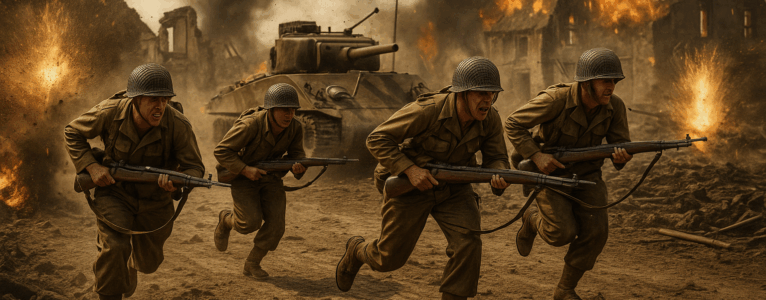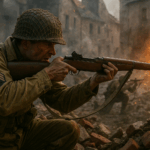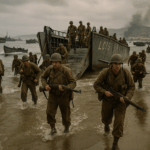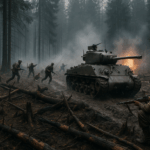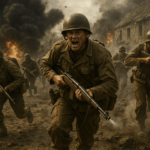Introduction
The 30th Infantry Division, famously known as the “Old Hickory Division,” holds a distinguished place in American military history. Activated during both World War I and World War II, this National Guard formation earned a reputation for tenacity, tactical skill, and resilience in some of the most brutal battles of the 20th century.
In this article, we’ll explore the origins, campaigns, and legacy of the 30th Infantry Division — a unit remembered for its unwavering service in both global conflicts.
Origins and Nickname: “Old Hickory”
Formed from National Guard units from North Carolina, South Carolina, Georgia, and Tennessee, the 30th Infantry Division was organized in 1917 as part of the American Expeditionary Forces during World War I.
The division earned its nickname “Old Hickory” in honor of President Andrew Jackson, a native of the region and a symbol of rugged determination — traits the division would exemplify in combat.
The 30th Infantry Division in World War I: Breaking the Hindenburg Line
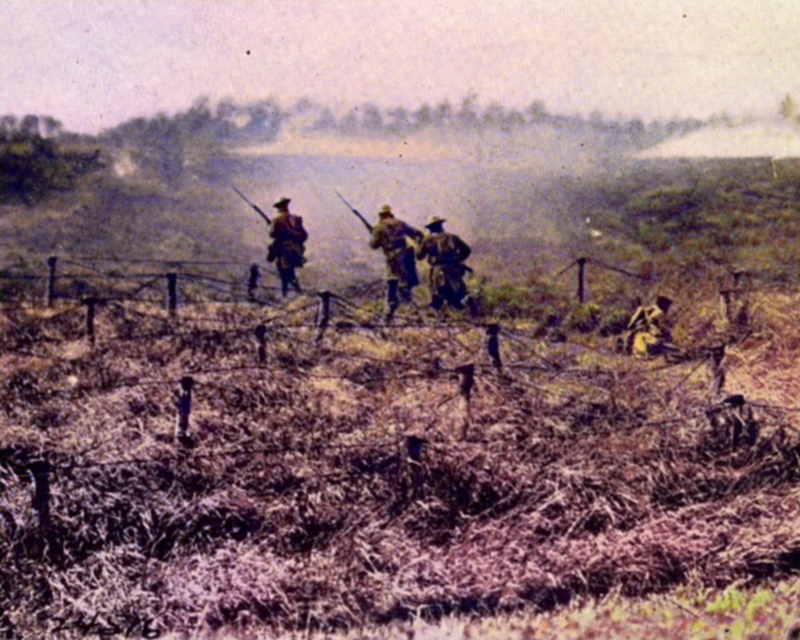
When the United States entered World War I in April 1917, it mobilized forces on a scale never before seen in American history. Among the divisions formed to join the American Expeditionary Forces (AEF) was the 30th Infantry Division, activated in July 1917. Drawn from National Guard units from North Carolina, South Carolina, Tennessee, and Georgia, the division was infused with a strong sense of regional pride and patriotic duty.
Known as the “Old Hickory Division” — a tribute to President Andrew Jackson, the division’s namesake — the 30th quickly gained a reputation for its professionalism and discipline, despite being composed primarily of citizen-soldiers.
Formation and Training
The 30th Infantry Division trained at Camp Sevier near Greenville, South Carolina. Over the course of several months, these Guardsmen transformed into an effective fighting force under the rigorous training of U.S. Army officers. They drilled in trench warfare, marksmanship, and gas mask procedures — essential skills for the type of combat they would soon face on the Western Front.
In May 1918, the division embarked for Europe. Unlike most American divisions, which fought under U.S. General John J. Pershing’s command, the 30th was assigned to the British Second Army. This unique arrangement placed the division under the operational control of British and Australian commanders, allowing it to take part in major offensives on the Western Front far sooner than other American units.
Combat Under British Command
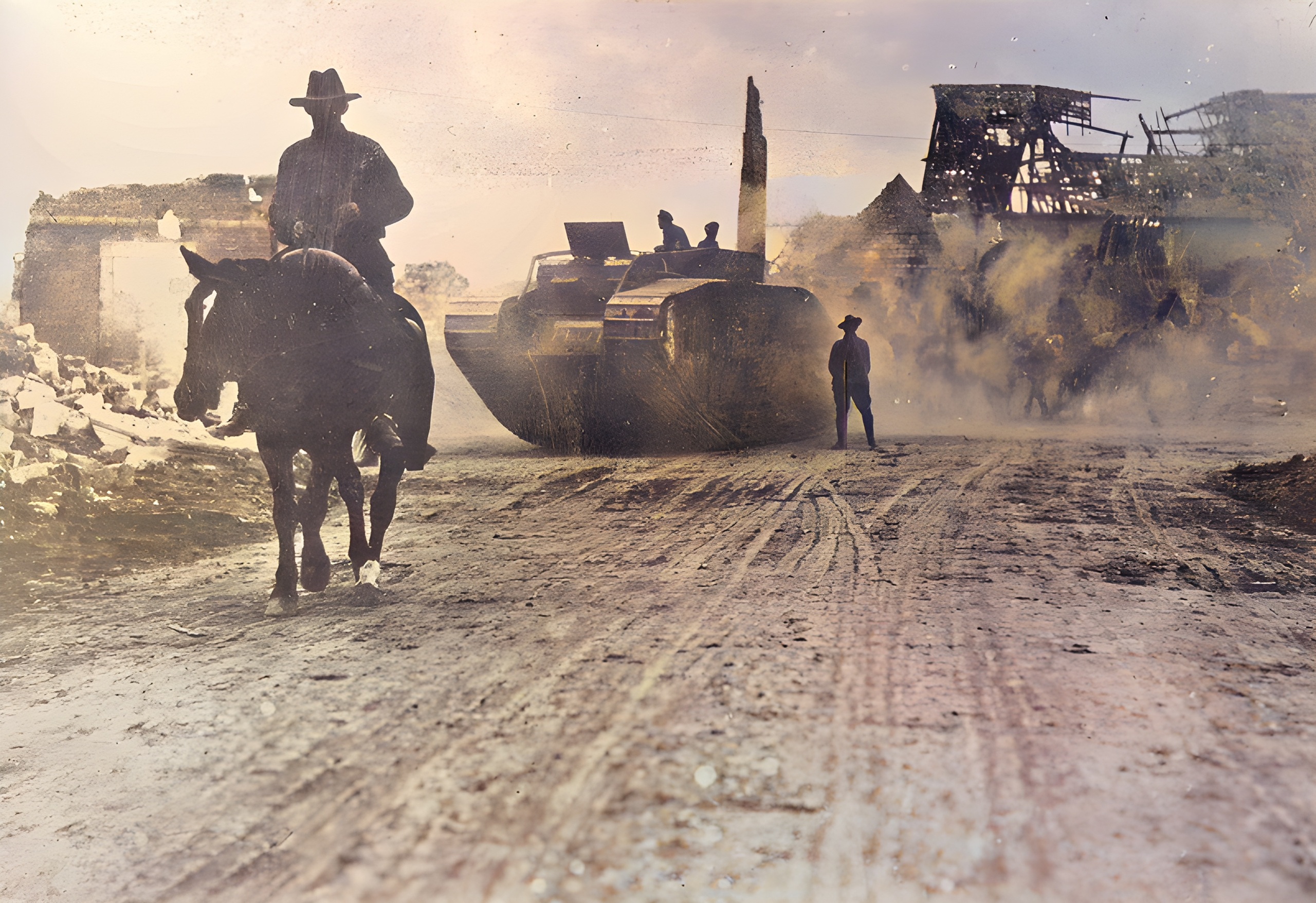
From the moment they arrived in the trenches of Belgium and northern France, the men of the 30th were thrust into some of the most brutal fighting of the war. Partnered with the 27th Infantry Division (from New York), they formed II Corps, which played a crucial role in the Ypres-Lys and Somme Offensives in the summer and fall of 1918.
The climax of their combat service came during the Battle of St. Quentin Canal in late September 1918, a key phase of the larger Allied effort to breach the Hindenburg Line — the heavily fortified German defensive position that was thought to be impregnable.
Breaking the Hindenburg Line
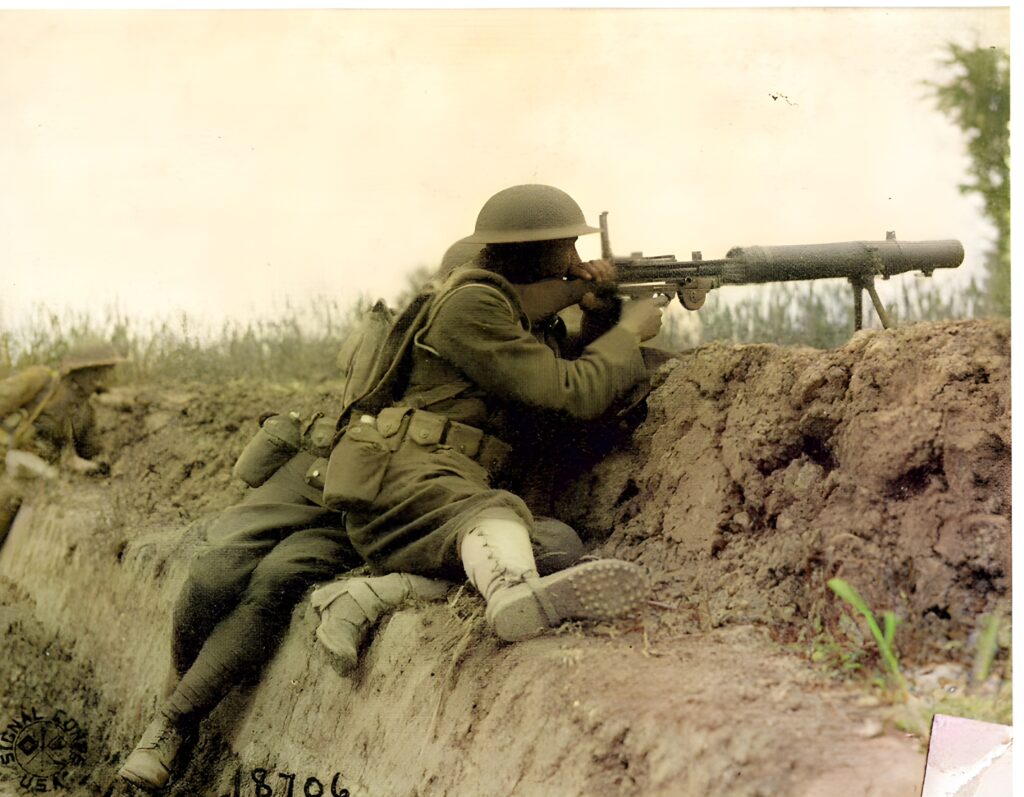
On September 29, 1918, the 30th Division attacked alonside British and Australian forces near Bellicourt, France. The terrain was treacherous, dominated by barbed wire, concrete pillboxes, and machine-gun nests. The centerpiece of the German defenses was the St. Quentin Canal Tunnel, which allowed troops and supplies to move securely beneath the battlefield.
In one of the most pivotal assaults of the war, soldiers from the 30th Division penetrated German defenses, overrunning trench systems and storming the high ground under relentless machine-gun fire. Their assault succeeded where many others had failed, punching a hole through the Hindenburg Line and forcing a general German retreat. The breach was so significant that it signaled the beginning of the end of the war on the Western Front.
Casualties and Valor
The success came at a high cost. The division sustained over 8,000 casualties during its World War I campaign. Despite this, its bravery earned widespread praise from British commanders and U.S. leadership alike.
The 30th Infantry Division’s role in breaking the Hindenburg Line was recognized as one of the decisive actions of World War I, and the unit received numerous foreign honors — including citations from the British and Belgian governments.
Return Home and Demobilization
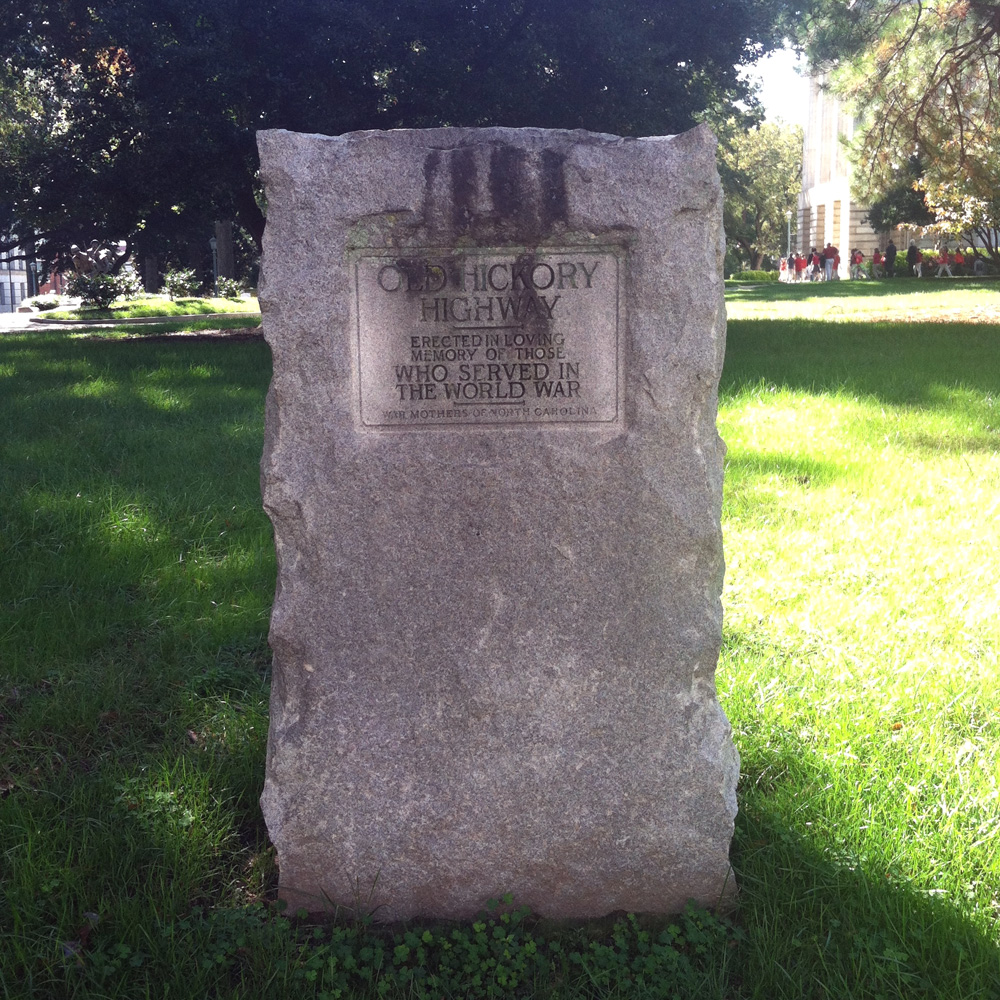
With the Armistice of November 11, 1918, the guns fell silent, and the Old Hickory Division’s work was complete. The division remained in Europe for a short time before returning to the United States in early 1919. They were officially demobilized at Camp Jackson, South Carolina.
Although deactivated, the division left behind a powerful legacy: it had helped prove that National Guard units, with proper training and leadership, could fight just as effectively as regular Army forces in modern warfare.
Legacy of World War I
The 30th Infantry Division’s World War I service laid the foundation for its future combat record. It earned six campaign streamers and helped dispel the myth that National Guard soldiers were second-rate compared to their regular Army counterparts. Its actions at St. Quentin and beyond became case studies in coordinated assaults and cooperation between Allied forces.
Many veterans of the division returned home to build post war America, carrying with them the pride of having served in one of the most battle-hardened and successful American divisions of the war.
The 30th Infantry Division in World War II: From Normandy to the Elbe
After earning a formidable reputation during World War I, the 30th Infantry Division remained a proud part of the National Guard through the interwar years. With the winds of war once again sweeping across Europe in the late 1930s, the division was called back into federal service in September 1940. Composed primarily of Guardsmen from North Carolina, South Carolina, Georgia, and Tennessee, the division would go on to become one of the most effective American infantry divisions in the European Theater.
Training and Preparation
The 30th Infantry Division spent the early years of the war stateside, undergoing intensive training in preparation for combat. Stationed at Camp Blanding in Florida, and later in Tennessee and North Carolina, the division honed its skills through large-scale maneuvers that tested everything from logistics to combat endurance. By 1944, it was deemed ready for deployment overseas.
In February of that year, the division shipped out to England, joining other elements of the U.S. First Army in preparation for the liberation of Western Europe. Soldiers trained intensively on British soil, conducting amphibious exercises, studying enemy tactics, and rehearsing the kind of hedgerow combat they would soon face in Normandy.
Normandy and Operation Cobra
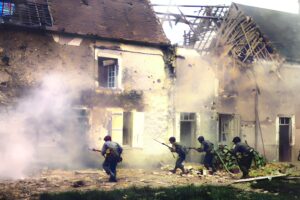
The 30th Infantry Division landed in France shortly after D-Day, beginning its combat operations in earnest in early July 1944. Assigned to VII Corps under Lieutenant General J. Lawton Collins, the division was tasked with participating in Operation Cobra, the Allied breakout from the hedgerow-choked countryside of Normandy.
This operation proved to be a turning point in the campaign. The 30th Division advanced under difficult conditions, moving through narrow lanes bordered by thick earthen walls, often within yards of concealed German machine guns and mortars. Despite fierce resistance, the division pushed forward and played a key role in breaking through the German lines near Saint-Lô.
It was during this operation that the division experienced one of its most tragic events. On July 24, 1944, due to a miscommunication during a preliminary bombing run, Allied aircraft dropped ordnance on the division’s own lines, causing heavy casualties. The next day, another friendly fire incident occurred, compounding the losses. Despite these setbacks, the 30th pressed on, ultimately helping to collapse German positions in Normandy and accelerate the Allied drive across France.
Liberation and the Race Across France
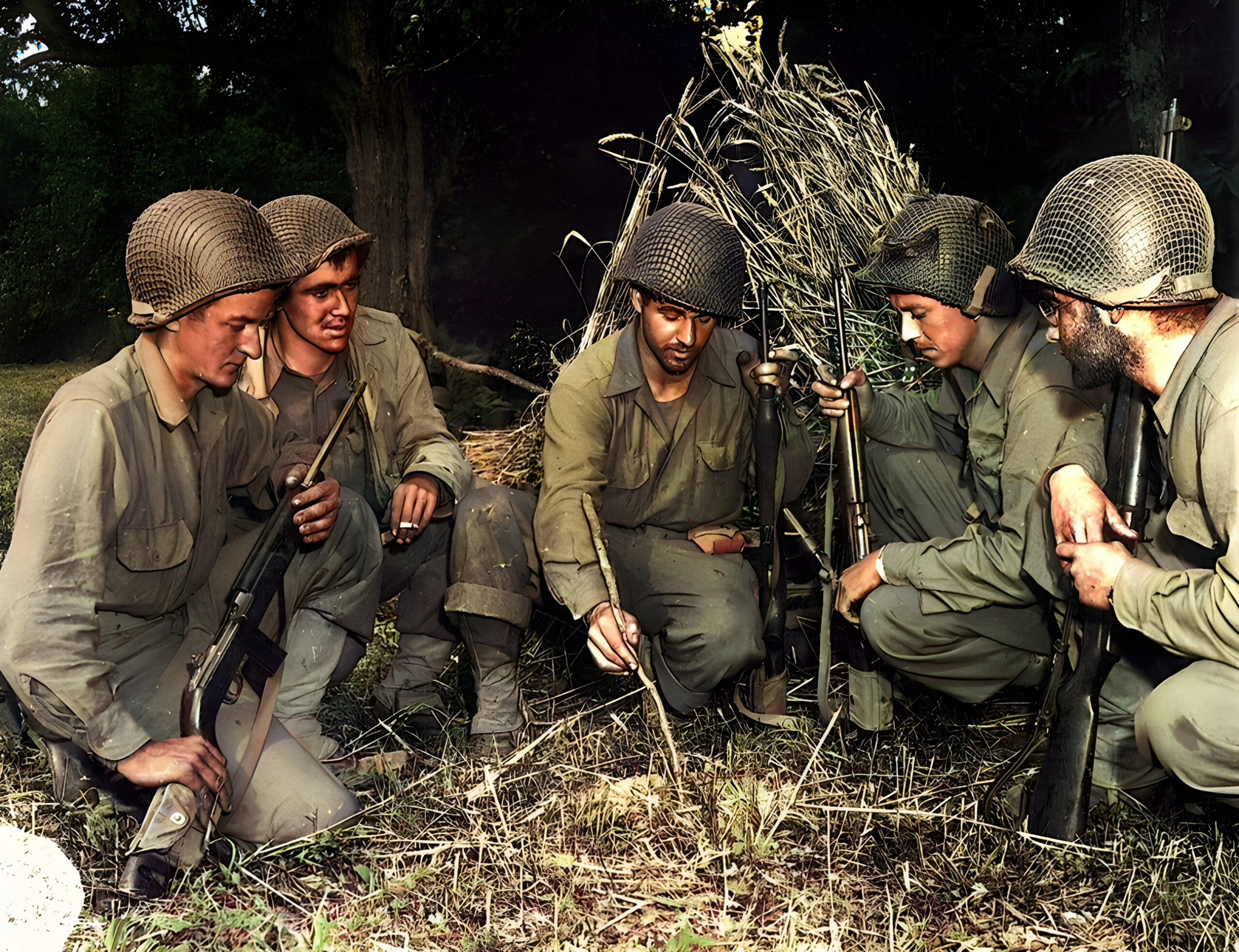
Following the breakout from Normandy, the 30th Infantry Division advanced rapidly across France. It participated in the liberation of key towns and cities, including Mortain, where it helped repel a major German counteroffensive designed to cut off Allied forces. The battle at Mortain in August 1944 was one of the most critical defensive actions of the war, as German panzer divisions attempted to reverse the momentum of the Allied advance.
In this battle, the 30th Division, supported by American artillery and air power, held firm against repeated assaults by elite SS units. The successful defense not only preserved the Allied flank but also further weakened German armored strength in the West.
The division continued its advance into Belgium and the Netherlands, pushing toward the German border and engaging in continuous operations that wore down enemy forces.
Into Germany and the Battle of the Bulge
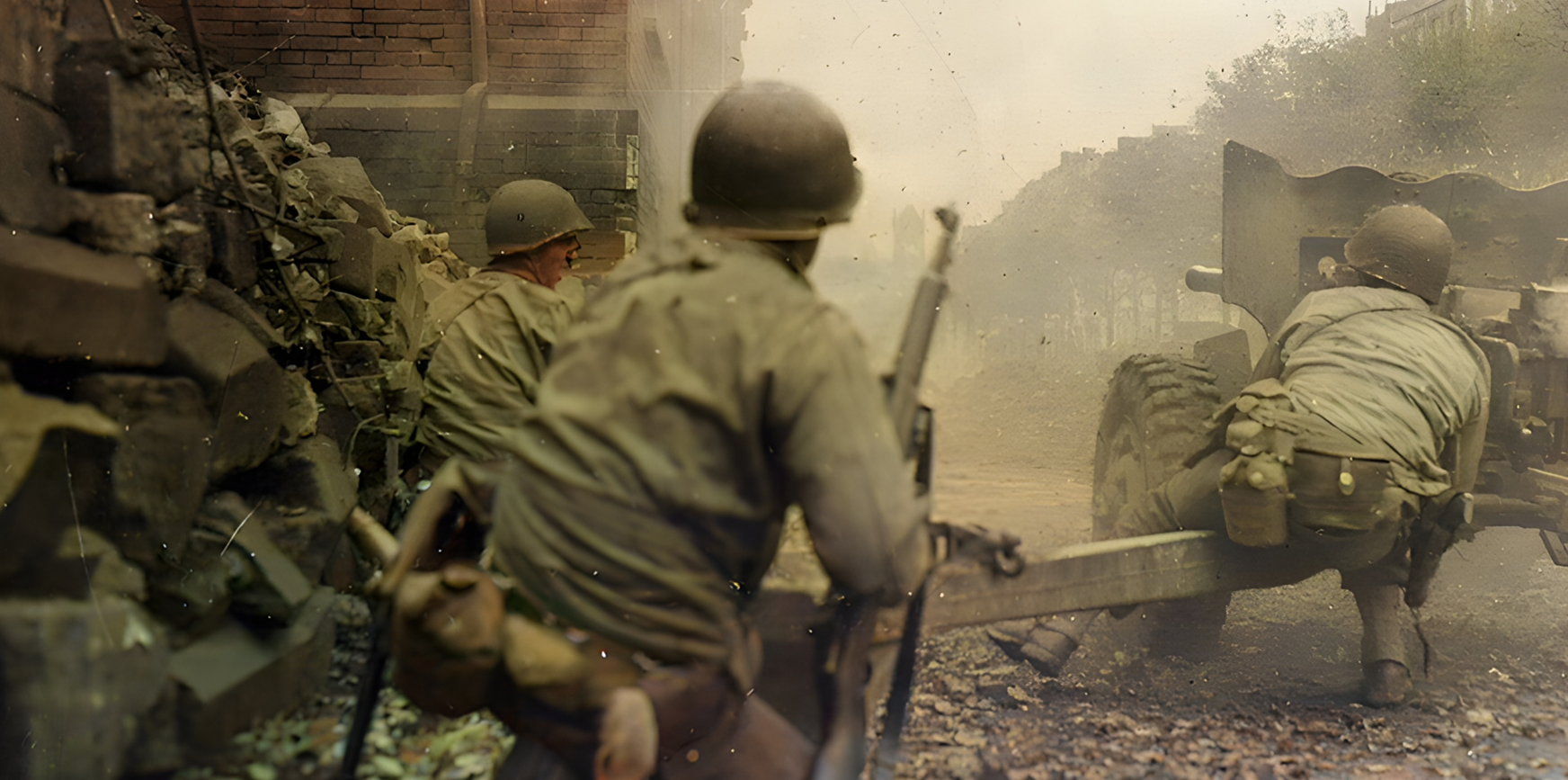
“No division in the ETO accomplished more than the 30th Infantry Division.”
— General Dwight D. Eisenhower
By the autumn of 1944, the 30th Infantry Division had crossed into Germany and was engaged in operations near the Siegfried Line, a formidable defensive belt of bunkers, tank traps, and minefields. Fighting here was slow and grueling, characterized by rain, mud, and fortified resistance.
Then came the German Ardennes Offensive in December 1944 — better known as the Battle of the Bulge. The 30th was quickly redeployed to the northern shoulder of the bulge, near Malmedy and Stavelot. Here, in the freezing cold and deep snow, the division played a vital role in halting the advance of the German Sixth Panzer Army, one of Hitler’s last desperate gambles to split the Allied front.
Once again, the 30th Infantry Division held its ground against powerful German formations, including elements of the feared SS Panzer divisions. Their steadfast defense helped prevent the enemy from seizing key roadways and allowed the Allies to regroup and counterattack. The division’s performance in this battle earned high praise from senior commanders and underscored its reputation as one of the toughest American units in Europe.
Final Drive to Victory
As the Allies resumed their advance in 1945, the 30th Infantry Division crossed the Rhine River and pushed deep into Germany. Town by town, river by river, it continued the relentless drive toward the heart of the Third Reich. By April, the division had reached the Elbe River, where it paused as part of the agreement that Soviet forces would capture Berlin from the east.
It was here, on the banks of the Elbe, that the 30th met advancing Soviet troops — a symbolic moment marking the collapse of Nazi Germany. In May 1945, as the war in Europe came to an end, the division prepared for possible redeployment to the Pacific. However, Japan’s surrender in August meant the division would instead return home.
Honors and Recognition
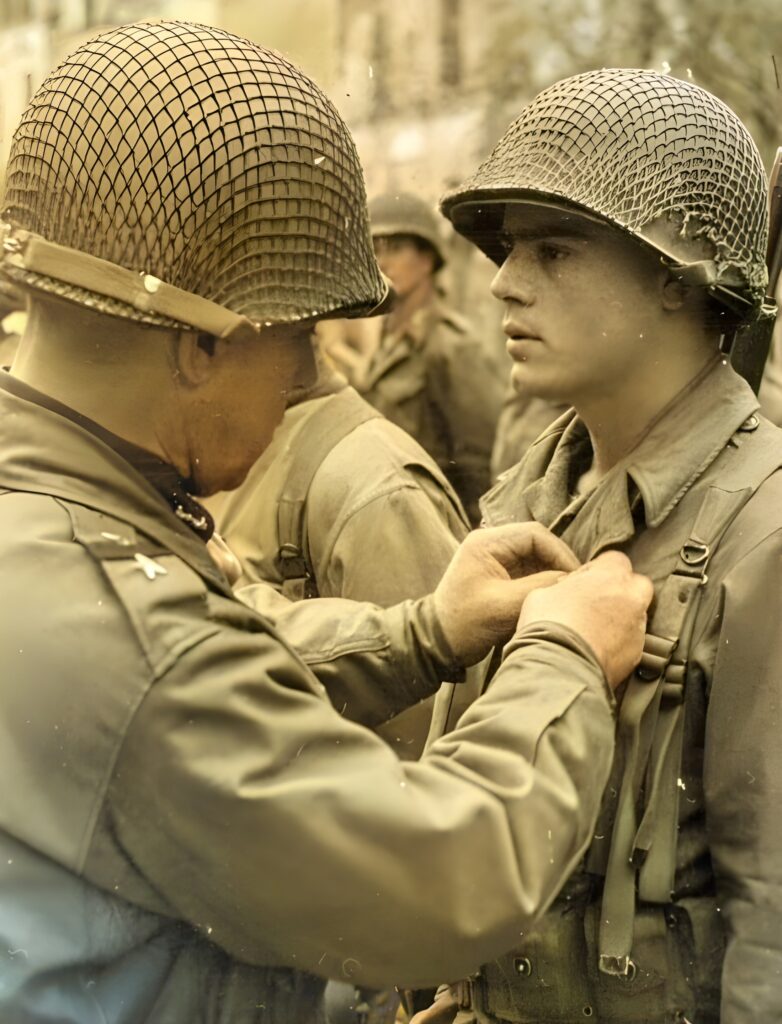
Throughout its World War II service, the 30th Infantry Division was awarded numerous honors for its courage and effectiveness. It earned five campaign streamers and saw several of its soldiers decorated for bravery, including multiple recipients of the Distinguished Service Cross and Silver Star. General Dwight D. Eisenhower and other senior leaders consistently praised the division’s performance.
A postwar study conducted by the U.S. Army ranked the 30th Infantry Division among the top three infantry divisions in the European Theater, placing it alongside the First and Third Infantry Divisions in terms of combat effectiveness.
Return Home and Demobilization
The 30th returned to the United States in August 1945 and was inactivated shortly thereafter. While its soldiers returned to civilian life, many continued to serve in the National Guard or helped shape the postwar military. The division would later be reorganized during the Cold War, with elements continuing to serve under the “Old Hickory” banner well into the 21st century.
The division’s wartime journey — from the hedgerows of Normandy to the gates of Germany — stands as a testament to the skill, endurance, and sacrifice of America’s citizen-soldiers. Its legacy lives on in the stories of the men who served, the ground they liberated, and the freedom they helped secure.
Conclusion: Remembering the Old Hickory Division
The story of the 30th Infantry Division is more than a military chronicle — it’s a reflection of the strength found in America’s citizen-soldiers. Formed from humble origins in the South, the division rose to international prominence through sheer determination and battlefield excellence.
Whether you’re a history buff, a military enthusiast, or a descendant of someone who served, the Old Hickory Division remains a proud chapter in the legacy of the U.S. Army.

